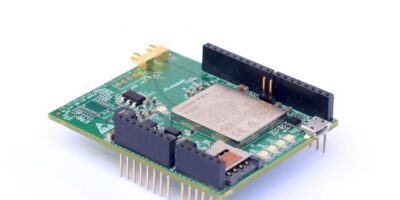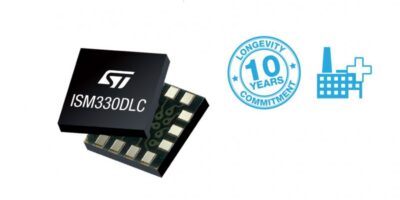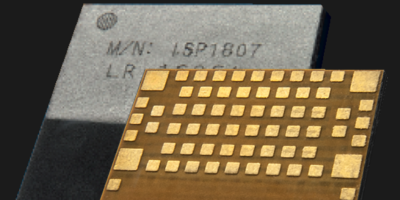An NarrowBand IoT shield by Shiratech has been added to the ARIS (Arrow Renesas IoT Synergy) platform, available from the distributor Arrow Electronics. The ARIS-Edge-NB-IoT shield features a Quectel BG96 module and plugs onto the ARIS-Edge-S3 board, which is based on the low-power Renesas Synergy S3A3 microcontroller. These two boards combined, enable users to evaluate streaming of sensor data to Microsoft’s Azure cloud via a cellular connection (2G/3G, NB-IoT or CAT-M1 depending on network availability), easily and fast.
The shield has an Arduino form factor and the low-power Quectel BG96 LTE CAT-M1 and NB-IoT modem, together with built-in GPS plus an antenna. Download speed up to 300kbits per second and upload up to 375kbits per second are supported. The ARIS-Edge-S3 board features a radio module with Bluetooth Low Energy (BLE 4.1/4.2), Thread, and ZigBee stacks. The kit is suitable for home automation, smart meters, smart lighting, wearable electronics, medical monitors and industrial sensing. Arrow plans to add a LoRa shield as well.
The ARIS-Edge-S3 features a Bosch Sensortec BNO055 nine-degrees-of-freedom (9-DOF) application specific sensor node (ASSN). This sensor is widely used in robotics, augmented and virtual reality, drones, gaming, and other industrial applications. There is also an on-board BME280 environmental sensor from Bosch Sensortec, which combines temperature, humidity and pressure sensing, a separate MEMS microphone and an ambient light sensor for contextual awareness.
Arrow’s ARIS-Edge concept connects developers with the Renesas Synergy platform giving access to an optimised operating system, qualified stacks, consistent software libraries, and APIs that streamline IoT-device development and lower total cost of ownership.
Arrow Electronics maintains a network of more than 345 locations serving over 80 countries.
This news story is brought to you by softei.com, the specialist site dedicated to delivering information about what’s new in the electronics industry, with daily news updates, new products and industry news.
To stay up-to-date, register to receive our weekly newsletters and keep informed of the latest technology news and new products from around the globe. Simply click this link to register here: softei.com
Readers can also register to receive the monthly newsletter from our sister site, weartechdesign.com. This is the only website dedicated to developers of wearable electronic products. Simply click this link to register: weartechdesign.com
We have a Fitbit to give away on both Softei.com and Weartechdesign.com! Register today to enter the competition to win a Fitbit at softei.com or weartechdesign.com.







